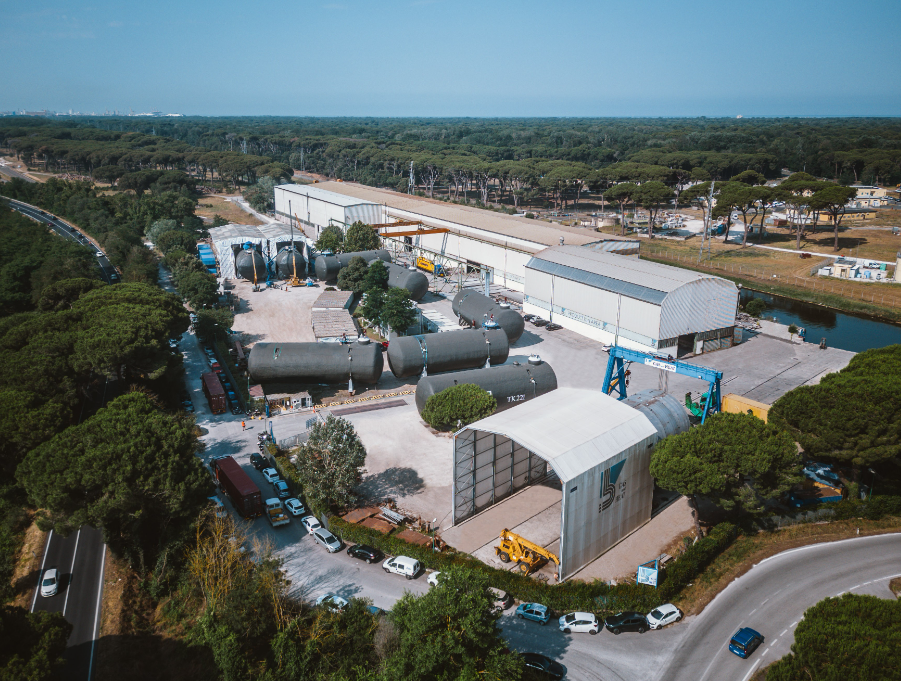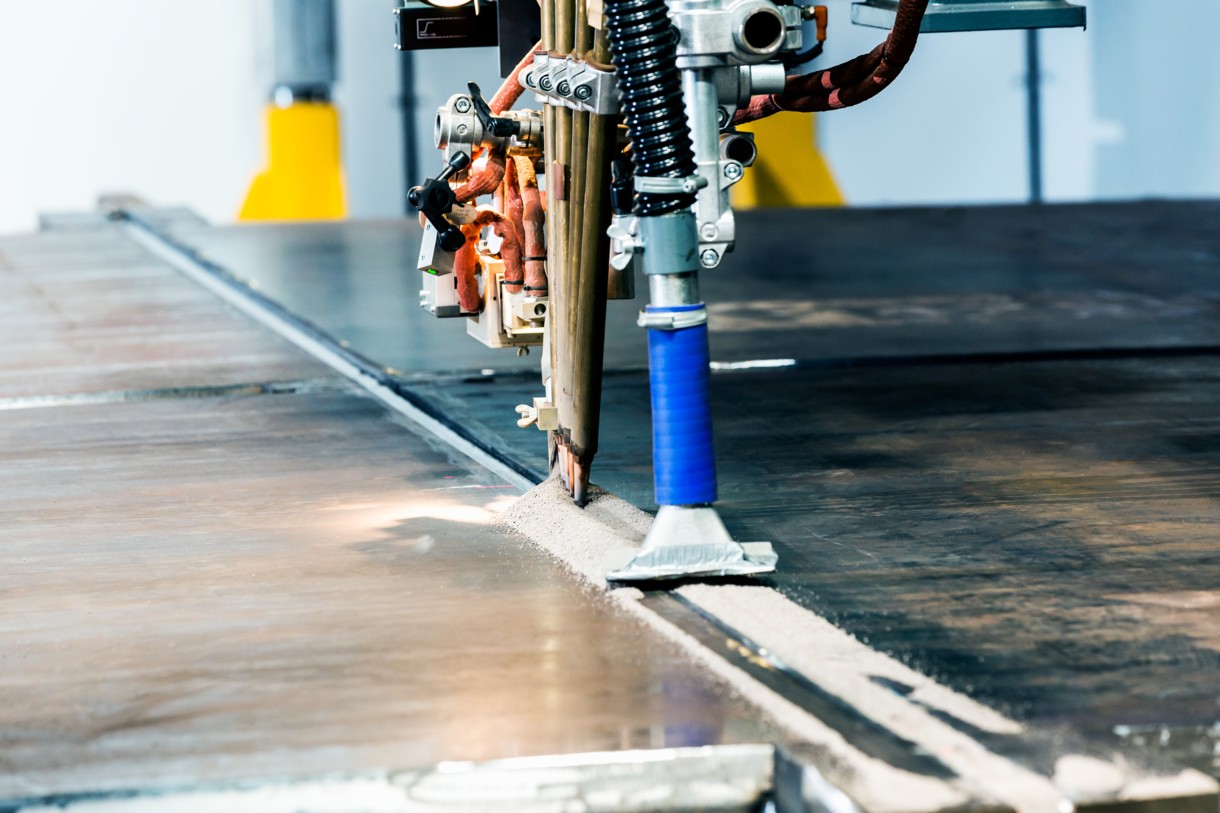Excellent suitability for medium pressure LCO2 transport tanks was proven as the carbon steel qualification rolls out.

By exploring various transportation options between capture sites and storage locations, the role of Liquid CO2 carriers is set to become crucial in the value chain as marine shipping represents a safe and flexible solution to long-distance transportation.
When shipping Liquid CO2, it is essential to consider the phase diagram of pure CO2 to make the appropriate material selections. According to the phase diagram, CO2 exists as a liquid between the triple point (minus 56.6 degrees Celsius, at a minimum pressure of 5.18 bar) and the critical point (31.1 degrees Celsius, at a pressure of at least 73.8 bar). This relationship significantly impacts the design temperature of the tank and consequently influences the required properties of the heavy plates and welding consumables used.
The recent Class approvals of voestalpine Grobblech’s F550 TMCP toughcore allow for a highly efficient tank design for medium pressure Liquid CO2 transportation. Gas and Heat S.p.A is now one of the first fabricators demonstrating its mass production potential by having successfully completed a field weld qualification of the advanced thermomechanically rolled carbon steel. This technical collaboration could redefine the landscape of future Liquid CO2 marine transport.

Cost-effectiveness, combined with superior weldability and enhanced safety features, offers an unprecedented opportunity in the Liquid CO2 marine transport sector. This advancement aligns with global sustainability goals, propelling Liquid CO2 marine transport operations into a new level of efficiency and safety.
The tests were performed by Gas and Heat, following the MSC.1/Circ.1622 Guidelines for the acceptance of alternative metallic materials for cryogenic service in ships carrying liquefied gases in bulk, and ships using gases or other low flashpoint fuels. Gas and Heat’s welding procedures give a perfect match to the F550 TMCP toughcore plate design.
By utilising conventional welding processes like SAW or GMAW, average Charpy Impact values of 60J, and even more, were achieved in the weld metal and heat affected zone '@-60°C.' Furthermore, outstanding CTOD results of typically 0.40mm '@-40°C' design temperature were achieved using Union Ni 1 MoCr by voestalpine Böhler Welding and GMAW welding technology.
These superior toughness values not only boost the fracture mechanic behavior in operation, but also speeds up the production by a relaxation of requirements with regards to critical flaw size and NDT testing of the welds.
'Gas and Heat has demonstrated outstanding welding qualification results, confirming the capabilities of our F550 TMCP toughcore material. This achievement underlines our joint commitment to push the boundaries of innovation and excellence in the domain of Liquid CO2 marine transport to help meet global sustainability targets,' said Myriam Cejudo, Sales Manager at voestalpine Grobblech.
This welding qualification breakthrough not only redefines the possibilities within the Liquid CO2 marine transport sector but also drives it toward a safer, more efficient, and sustainable future.

